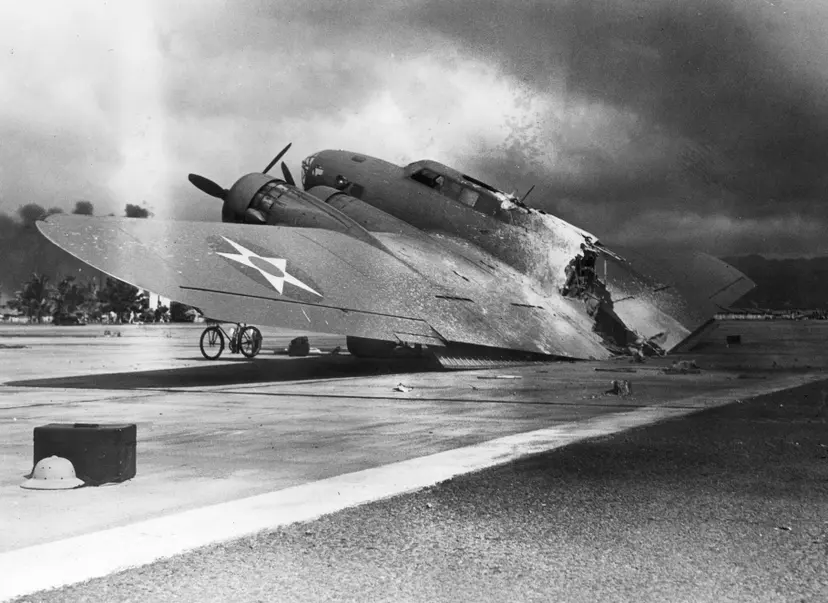Tennessee Flags to Be Lowered in Honor of Dec. 7, 1941: Pearl Harbor Remembrance Day
Introduction

Pearl Harbor Remembrance Day holds a solemn place in American history, serving as a poignant reminder of the events that unfolded on December 7, 1941. In a move echoing respect and honor, Tennessee flags, along with many across the nation, will fly at half-staff to mark this significant day. Let’s delve into the details of why this observance carries such weight and why it resonates even after 82 years.
1. President Biden’s Call to Commemoration
1.1. Flags Across the United States
President Joe Biden’s urging of federal agencies and communities to lower flags holds symbolic importance. It’s a nationwide gesture of remembrance, underscoring the unity in honoring the memory of those affected by the Pearl Harbor attack.
2. Dec. 7, 1941: A Day that Changed History
2.1. Japanese Military’s Surprise Attack
Delving into the historical context, December 7, 1941, marked a pivotal moment when the Japanese military launched a surprise attack on the United States Naval Base at Pearl Harbor in Hawaii. This unforeseen assault catapulted the U.S. into World War II.
2.2. Impact and Destruction
The attack’s aftermath was devastating, resulting in the loss of thousands of service members and civilians, extensive injuries, and the destruction of American ships and aircraft. Notably, the USS Arizona bore the brunt of a massive bomb, sinking and claiming over 1,000 lives.
3. The Goal of the Attack
3.1. U.S. Pacific Fleet Destruction
The Japanese military’s objective was clear: cripple the U.S. Pacific Fleet to hinder America’s ability to counter Japanese forces in the South Pacific. This strategic move played a crucial role in ushering America into the theater of World War II.
4. National Pearl Harbor Remembrance Day
4.1. Establishment and Observance

National Pearl Harbor Remembrance Day, observed every December 7, was officially established in 1994. It serves as an annual commemoration of the Japanese military’s assault on the naval base. Hawaii and communities nationwide mark the day with solemn commemorations, accompanied by the display of American flags at half-staff.
5. Human Toll and Monumental Losses
5.1. Casualties and Destruction
The toll of the Pearl Harbor attack was staggering—2,403 military service members and civilians lost their lives, with an additional 1,178 individuals sustaining injuries. Notable losses included the permanent sinking of two U.S. Navy battleships, the USS Arizona and the USS Utah, and the destruction of 188 aircraft.
Conclusion
In conclusion, the observance of Pearl Harbor Remembrance Day is a poignant tribute to a historic event that reshaped the course of the world. Tennessee’s decision to fly flags at half-staff, mirroring a nationwide sentiment, honors the sacrifices made and serves as a collective act of remembrance. As the years pass, the legacy of Pearl Harbor lives on, reminding us of the resilience forged in the face of adversity.
FAQs
1. Why does President Biden urge lowering flags on Pearl Harbor Remembrance Day?
President Biden’s call is a national gesture of respect, commemorating the lives lost in the Pearl Harbor attack and acknowledging its historical significance.
2. How is Pearl Harbor Remembrance Day observed in Hawaii and across the country?
Communities, especially in Hawaii, mark the day with commemorations, and American flags are flown at half-staff as a symbol of remembrance.
3. Why was National Pearl Harbor Remembrance Day established in 1994?
It became an official day of observance in 1994, designated by public law to ensure the remembrance of the historical events of December 7, 1941.
4. What were the losses sustained during the Pearl Harbor attack?
The attack resulted in the deaths of 2,403 military service members and civilians, with 1,178 people injured and significant damage to U.S. Navy battleships and aircraft.
5. Why does the USS Arizona hold particular significance in the Pearl Harbor attack?
The USS Arizona bore the brunt of a massive bomb, sinking and claiming over 1,000 lives, making it a symbol of the human toll of the attack.










